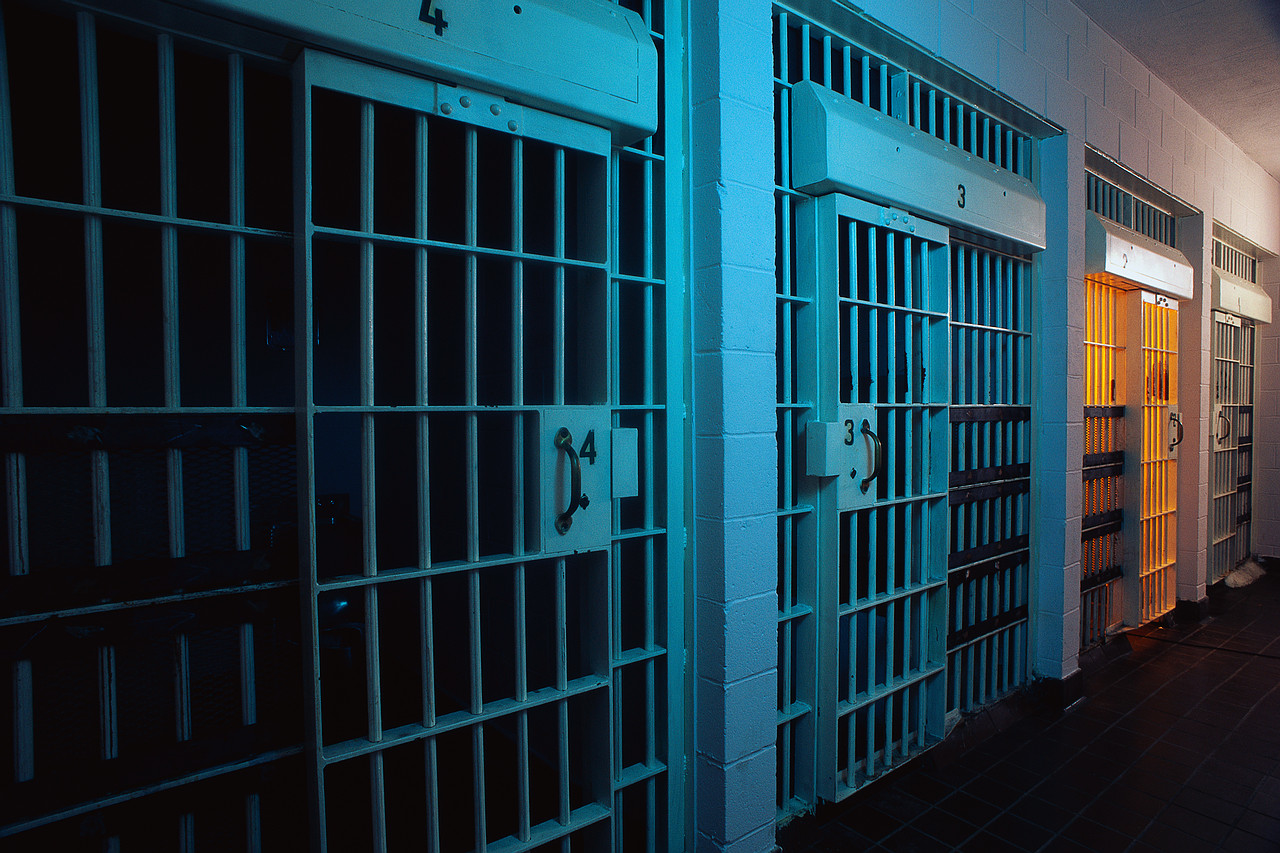I recently spent several days at a training for Moral Reconation Therapy (MRT).The therapy is listed as an evidenced based practice in the SAMHSA National Registry. The therapy was developed for criminal offenders with Antisocial Personality Disorder (ASPD) or at a minimum, many of the characteristics of that disorder. It’s a very directive approach that makes many assumptions about the target population. I was very skeptical going into the training and haven’t resolved that skepticism entirely. I can see where the approach may be useful for some but am still concerned about several aspects including an apparent lack of concern for or attention to traumatic experiences.
Antisocial Personality Disorder (ASPD)
Let’s start with a quick review of Antisocial Personality Disorder (ASPD). According to the DSM-IV-TR, a person must show a pattern of disregard for and violation of the rights of others since age 15 along with three or more of the following:
- Failure to conform to social norms with respect to lawful behaviors as indicated by repeatedly performing acts that are grounds for arrest
- Deception, as indicated by repeatedly lying, use of aliases, or conning others for personal profit or pleasure
- Impulsiveness or failure to plan ahead
- Irritability and aggressiveness, as indicated by repeated physical fights or assaults
- Reckless disregard for safety of self or others
- Consistent irresponsibility, as indicated by repeated failure to sustain consistent work behavior or honor financial obligations
- Lack of remorse, as indicated by being indifferent to or rationalizing having hurt, mistreated, or stolen from another
Additionally, the person must be at least 18 years of age and there should be some evidence of a conduct disorder before age 15. Finally, the behavior cannot occur exclusively as a result of schizophrenic or manic episodes.
The diagnosis gets a little tricky once you add a Substance Use Disorder (SUD) into the mix. Many addicts would easily meet more than three of the above criteria during the course of their substance use. Many also started using substances before the age of 15, further complicating the diagnosis. I guess the best way to differentiate between a SUD and ASPD is to assess behavior during periods of sobriety (if you can find any).
Substance Using Criminals or Criminal Substance Users
I often attempt to categorize criminal justice involved clients according to their level of criminal behavior and the effects of substance use on that behavior. Some people engage in criminal behavior and just happen to use substances as well. I refer to them as Substance Using Criminals. We can address the problems with substance use and still, the person can and often will continue to engage in some type of criminal behavior. In fact, it’s often difficult to address the substance use because patterns of criminal thinking and behavior are often not conducive to recovery from a SUD.
Then there are clients whose only engagement in criminal behavior is the result of their use of substances. I refer to these as Criminal Substance Users and believe the problems are easier to address because most often, resolution of the SUD leads to a cessation of criminal activity. While addressing a SUD is never an easy task, the job is simplified without the addition of longstanding criminal thinking and behavior. While some of the exercises from MRT would help with this population, the theoretical framework doesn’t apply
Finally, there are some clients who started off as prosocial people but through their involvement with substances, have developed antisocial thinking and behavior habits that don’t automatically resolve with the removal of substances. I guess we could call these Converted Criminals. Anecdotally, it appears those involved in methamphetamine have the greatest problem with this phenomenon. I would contend that MRT would be most effective with the Substance Using Criminals and Converted Criminal population.
Complex PTSD (C-PTSD)
We most often think of PTSD as the result of a single or time limited traumatic event. The DSM-IV diagnosis appears to be based on that type of experience but doesn’t fully capture the effects on those who are subjected to traumatic stress lasting weeks or even years in some cases. Common experiences that could lead to C-PTSD include long-term exposure to domestic violence, repeated physical or sexual child abuse and/or involvement in prostitution or gang activity. A cursory assessment of substance using clients should reveal any number of events with the potential for developing C-PTSD.
While C-PTSD may sometimes present with enough criteria for diagnosing PTSD, there are associated symptoms that could complicate or confuse the diagnosis. In many cases, those with C-PTSD will use substances to avoid thinking or remembering the events and may engage in self-mutilation or self-harming behaviors. It’s pretty easy to see how C-PTSD could lead to a questionable diagnosis of Borderline Personality Disorder.
But what about antisocial behavior? Is it possible that long-term exposure to traumatic experiences could impact some in ways that mimic the criteria of ASPD? Some of the common associated problems with PTSD are in the areas of: trust, self-esteem, power and control, intimacy and safety. Could problems in these areas lead to a pattern of behavior that could be confused with ASPD?
Trauma-Informed and Trauma Responsive Care
SAMHSA defines Trauma-Informed Care as “an approach to engaging people with histories of trauma that recognizes the presence of trauma symptoms and acknowledges the role that trauma has played in their lives”. This brings me back to my primary concern regarding Moral Reconation Therapy (MRT).
One of the primary tenets of MRT is that the client not be allowed to make victim statements or view themselves as a victim in any way. While I completely agree with the dangers of taking a “victim stance”, the fact is that many of our clients have been victimized in many ways. There is a difference between allowing clients to see themselves and victims and acknowledging the victimization that has likely occurred in many of their lives.
Many of the exercises in the MRT workbook are well-thought out, therapeutic and apparently beneficial. Working through some of them in the training helped me revisit items in my personal life that need additional work and attention. The step by step approach looks like an incredibly useful adjunct or alternative to traditional 12-step models of recovery. My only concern is the lack of consideration of trauma. The approach appears to be that “something about you is broken” and “here is how you fix it”. I would feel much better about the material if there were a shift toward “something about you GOT broken” and “here is how you fix it”.
I will find a way to use MRT in our operations because I believe it works and I want to use every tool at my disposal to help our clients succeed. However, I would love for the authors to re-conceptualize some to the material, especially in the introductory chapters, to reflect a trauma-informed approach. The original copyright on the manual is 1986 with the most recent revision in 2006. Maybe it’s time for a trauma-informed update? As we continue to learn more about the impact of traumatic experiences on our mental and behavioral health (see ACES too high for great information), I hope we can evolve our practices and techniques to utilize that knowledge.




3 thoughts on “Moral Reconation Therapy (MRT): Are Addicts Antisocial?”
I THINK THERAPY BEHAVIORAL-COGNITIVE,IS MORE EFFICIENTS IN THIS DISORDERS.
Thoughtful article. And in ways I agree with you. But our experience, for what it’s worth, is that what’s been broken via trauma can’t be fixed. At least we haven’t gotten to that point in any therapies yet. I was involved in a lot of therapy and research in childhood sex abuse (in the 80s) and even wrote a lot about it in textbooks and articles. But I am aware that the methods that were used for that issue didn’t heal anything really. Lot’s of people have experienced many types of trauma and the idea in MRT is that the vast majority of people who are traumatized don’t turn to crime. And most drug users don’t become criminals to any extent beyond using and occasionally possessing illegal substances. So there is a difference between those who become criminals (as defined by the criminal justice system) and those who respond to trauma in other ways. The vast majority of women who were abused don’t become criminals–if that were the case we’d have a lot more women in jails and prisons. So in essence what I’m saying is that most drug users and a large percentage of addicts aren’t criminals in the sense that they rob, burglarize, or commit violence. But those who do will probably (80%+) be antisocials. Of course I could be wrong. Best wishes and keep thinking. Like I wrote, thoughtful article.
http://WWW.moral-reconation-therapy.com
Comments are closed.